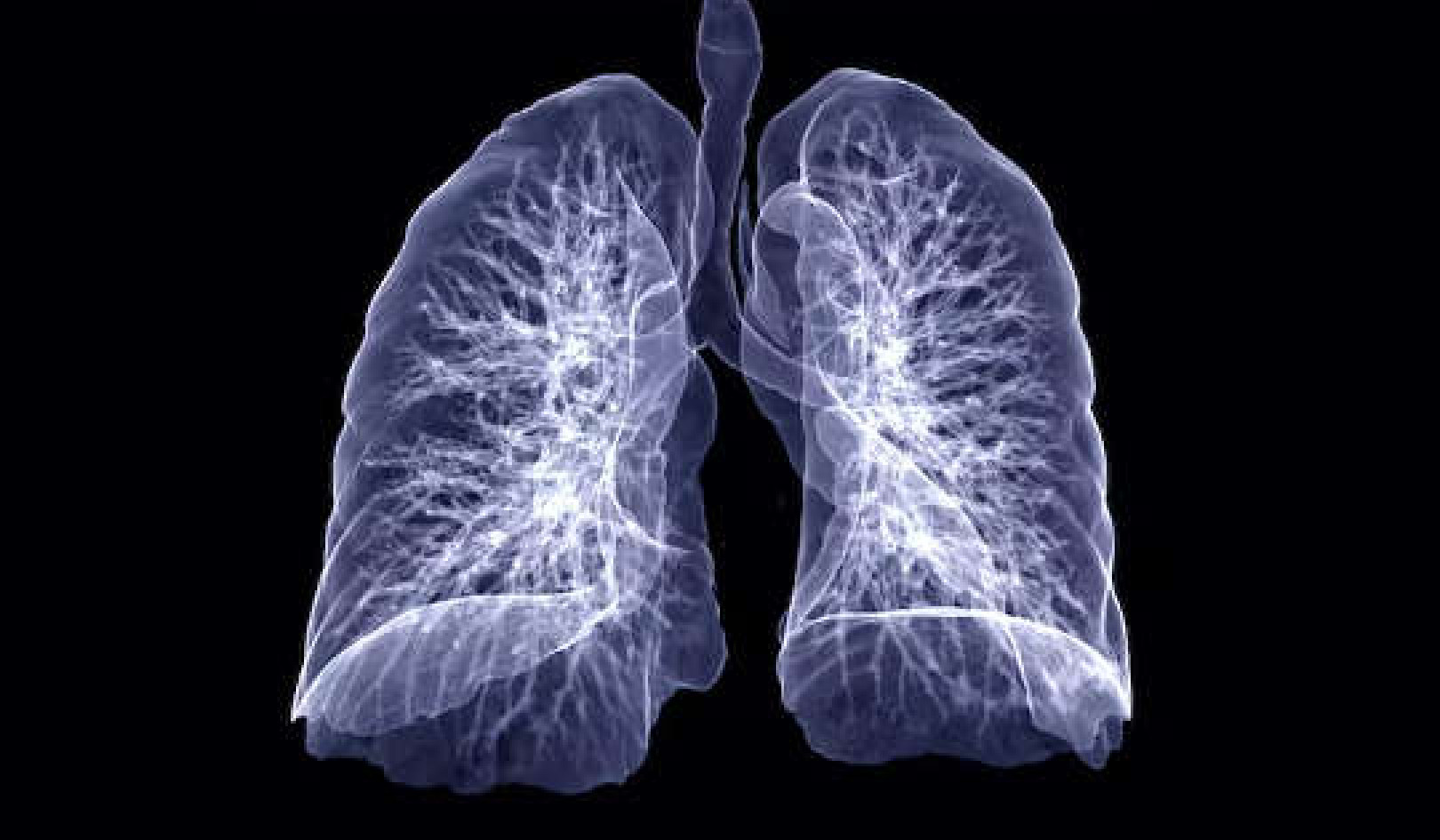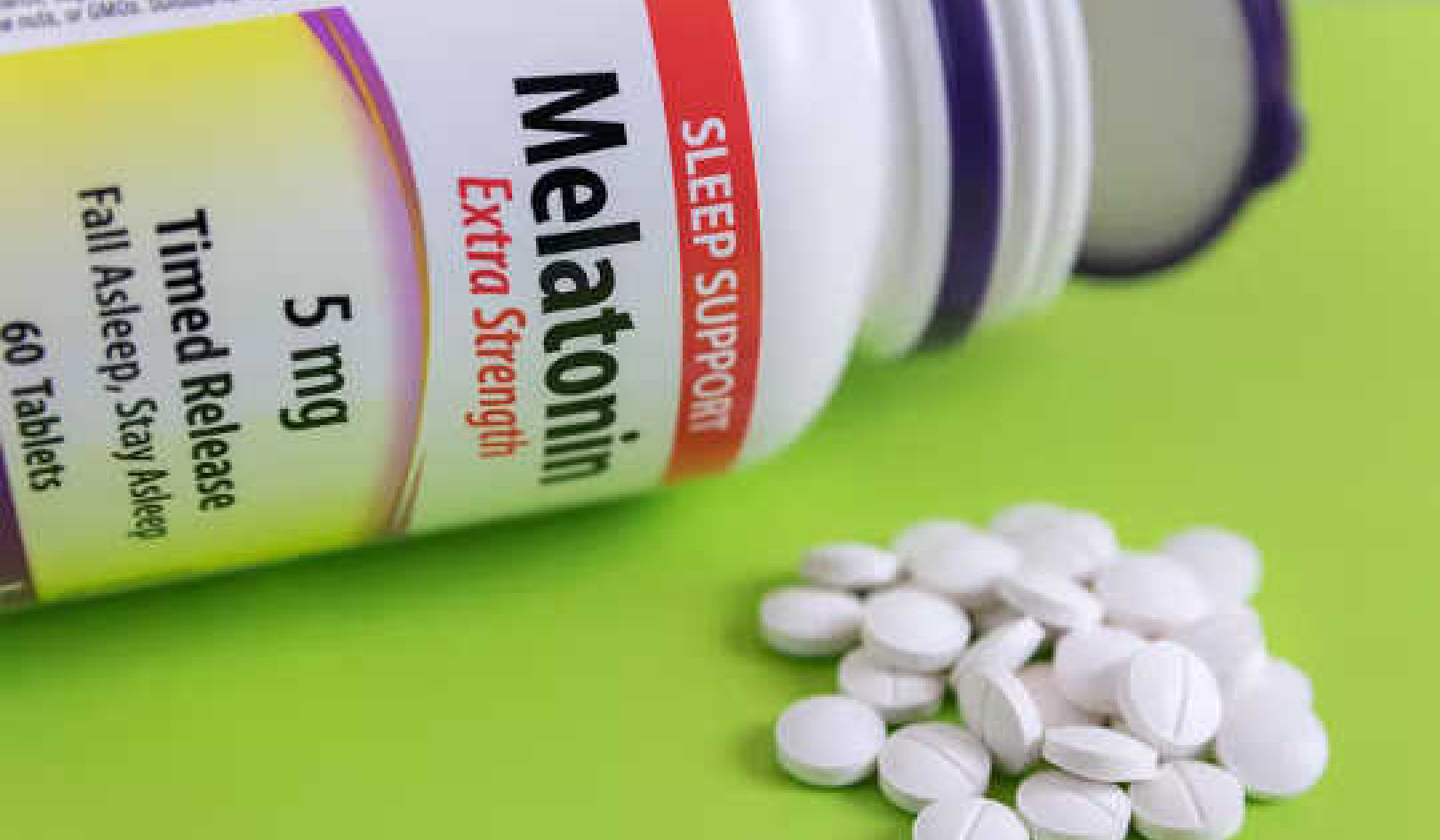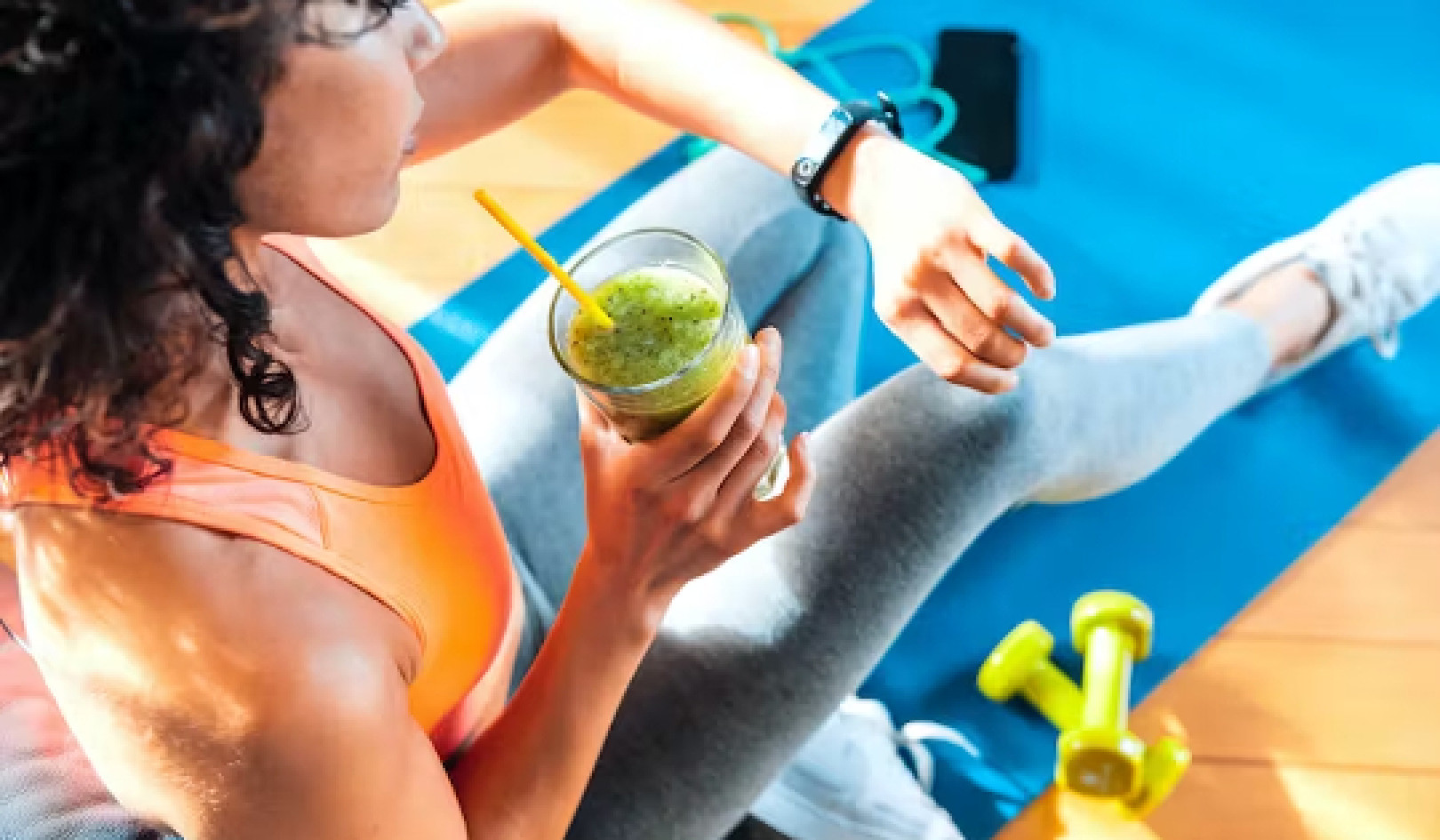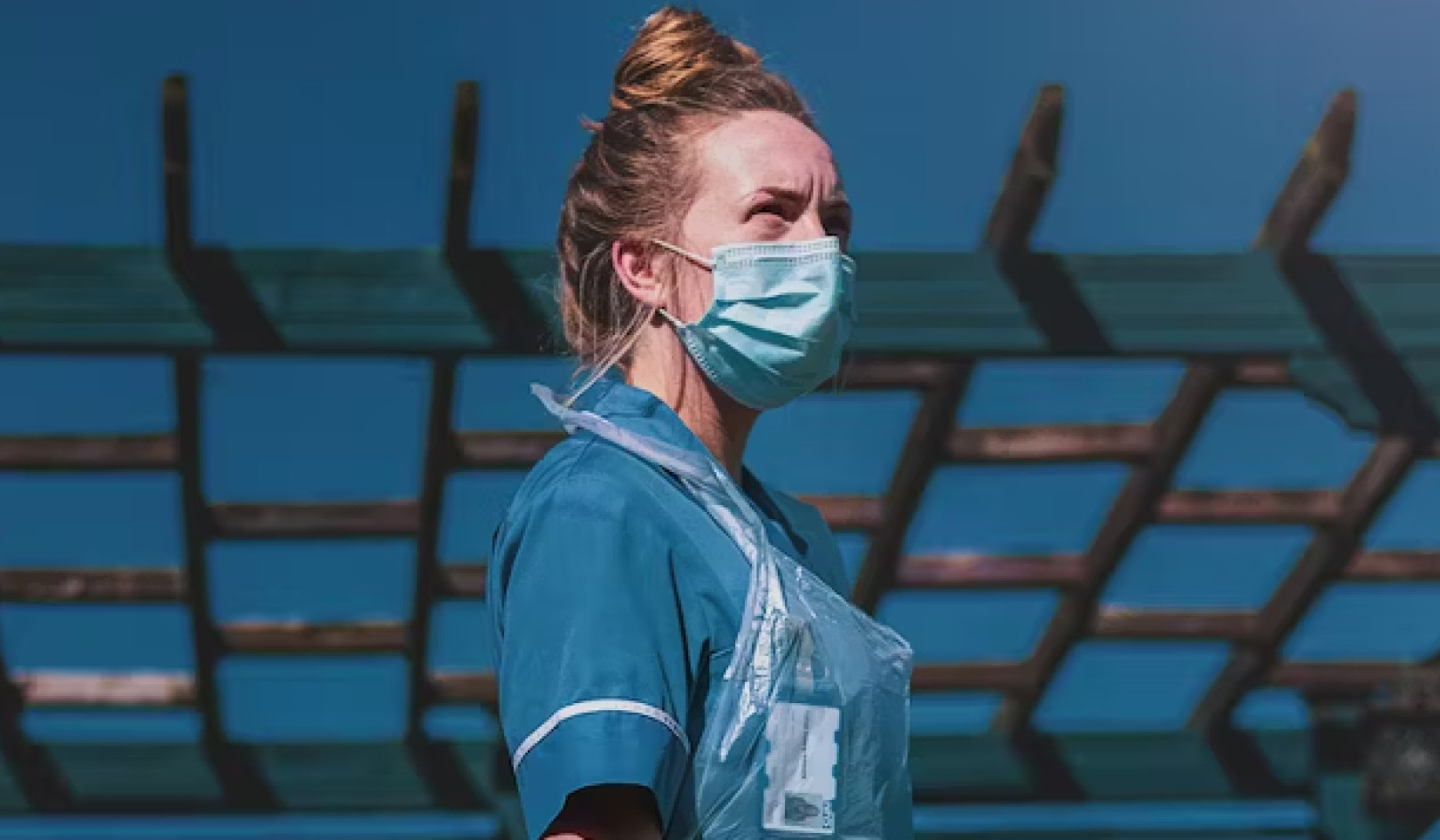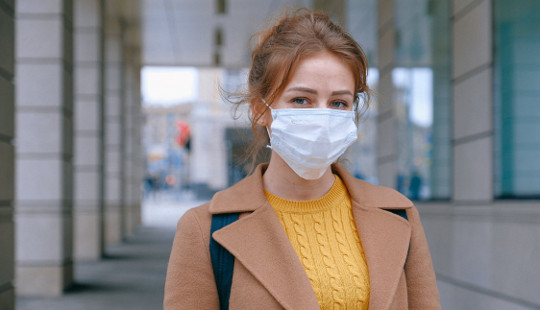
Modifying a surgical mask with a rubber band can improve its protective seal against particle exposure to the level of an N95 respirator, report researchers.
Throughout the COVID-19 pandemic and when maximum protection is needed against air-born infections, the N95 respirator has remained the gold standard of personal protective equipment. However, it is also much more difficult to produce and obtain than a standard surgical mask.
To achieve N95-level protection, the respirators should demonstrate a minimum score of 100 on a standardized battery of tests—the Occupational Safety and Health Administration’s passing threshold—against the passage of particles that would potentially expose an individual to disease. Standard surgical masks are not as protective because they don’t seal around the wearer’s face, allowing particles to bypass the filter peripherally.
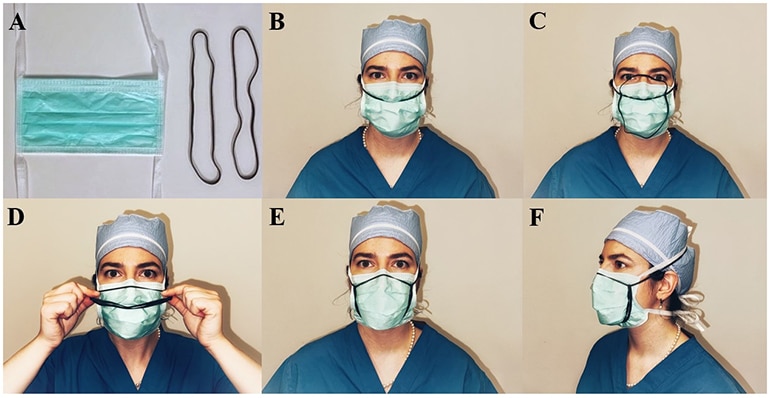 “Photographs of the simple modification demonstrating an individual properly donning the modified mask. (A) Modified mask components consist of a standard ASTM Level 1 surgical mask and two 8” rubber bands. (B) While wearing an ASTM Level 1 surgical mask which has been adjusted to fit along the bridge of the nose, apply one 8” rubber band along the crown of the head and place the front of the rubber band under the nose. (C) Take another 8” rubber band and apply it perpendicularly under the first rubber band so that two loops are formed above and below the first rubber band. (D) Shift the first rubber band so that it is over the bridge of the nose and fold the second rubber band in half on itself along the first rubber band on the horizontal axis. (E) Place the second rubber band along the cheeks and under the chin. Adjust both rubber bands as needed to achieve a full seal as shown in this anterior view of the final construct. (F) Lateral view of the final construct.” (Credit: Dardas, et al. PLOS ONE, 2022)
“Photographs of the simple modification demonstrating an individual properly donning the modified mask. (A) Modified mask components consist of a standard ASTM Level 1 surgical mask and two 8” rubber bands. (B) While wearing an ASTM Level 1 surgical mask which has been adjusted to fit along the bridge of the nose, apply one 8” rubber band along the crown of the head and place the front of the rubber band under the nose. (C) Take another 8” rubber band and apply it perpendicularly under the first rubber band so that two loops are formed above and below the first rubber band. (D) Shift the first rubber band so that it is over the bridge of the nose and fold the second rubber band in half on itself along the first rubber band on the horizontal axis. (E) Place the second rubber band along the cheeks and under the chin. Adjust both rubber bands as needed to achieve a full seal as shown in this anterior view of the final construct. (F) Lateral view of the final construct.” (Credit: Dardas, et al. PLOS ONE, 2022)
A research team led by a Michigan Medicine surgeon worked with 40 health care workers to test standard surgical masks modified with two 8-inch rubber bands over the crown of the subject’s head, bridge of the nose, around the cheeks, and under the chin within the boundaries of the mask.
Thirty-one of the subjects, or 78%, had modified masks that passed a fit test with a score of greater than 100. The passing masks scored an average of 151, a significantly better fit than an unmodified surgical mask score of 3.8 but lower than a properly fitted N95 mask’s score of 199. By the last day of investigation, all of the modified masks passed the N95 threshold, suggesting that greater experience with the banding improved fit and performance.
This easy modification could address N95 respirator shortages worldwide and provide health care workers and individuals in under-resourced regions—or even in a resourced area like the US when production demands can’t properly meet needs in a pandemic—a practical means for increased personal protection, says Jaimo Ahn, senior author of the paper and professor of orthopedic surgery at the University of Michigan Medical School.
“While not a vaccine, this approach emphasizes prevention rather than treatment,” Ahn says. “While not sophisticated, it has the potential to save lives and preserve wellness. Its effect will last as long as there are respiratory diseases and PPE demand exceeds supply. It is immediately impactful and sustainable, yet simple and cheap.”
Additional coauthors are from the University of Pennsylvania.
Source: University of Michigan
Related Books:
The Body Keeps the Score: Brain Mind and Body in the Healing of Trauma
by Bessel van der Kolk
This book explores the connections between trauma and physical and mental health, offering insights and strategies for healing and recovery.
Click for more info or to order
Breath: The New Science of a Lost Art
by James Nestor
This book explores the science and practice of breathing, offering insights and techniques for improving physical and mental health.
Click for more info or to order
The Plant Paradox: The Hidden Dangers in "Healthy" Foods That Cause Disease and Weight Gain
by Steven R. Gundry
This book explores the links between diet, health, and disease, offering insights and strategies for improving overall health and wellness.
Click for more info or to order
The Immunity Code: The New Paradigm for Real Health and Radical Anti-Aging
by Joel Greene
This book offers a new perspective on health and immunity, drawing on principles of epigenetics and offering insights and strategies for optimizing health and aging.
Click for more info or to order
The Complete Guide to Fasting: Heal Your Body Through Intermittent, Alternate-Day, and Extended Fasting
by Dr. Jason Fung and Jimmy Moore
This book explores the science and practice of fasting offering insights and strategies for improving overall health and wellness.























